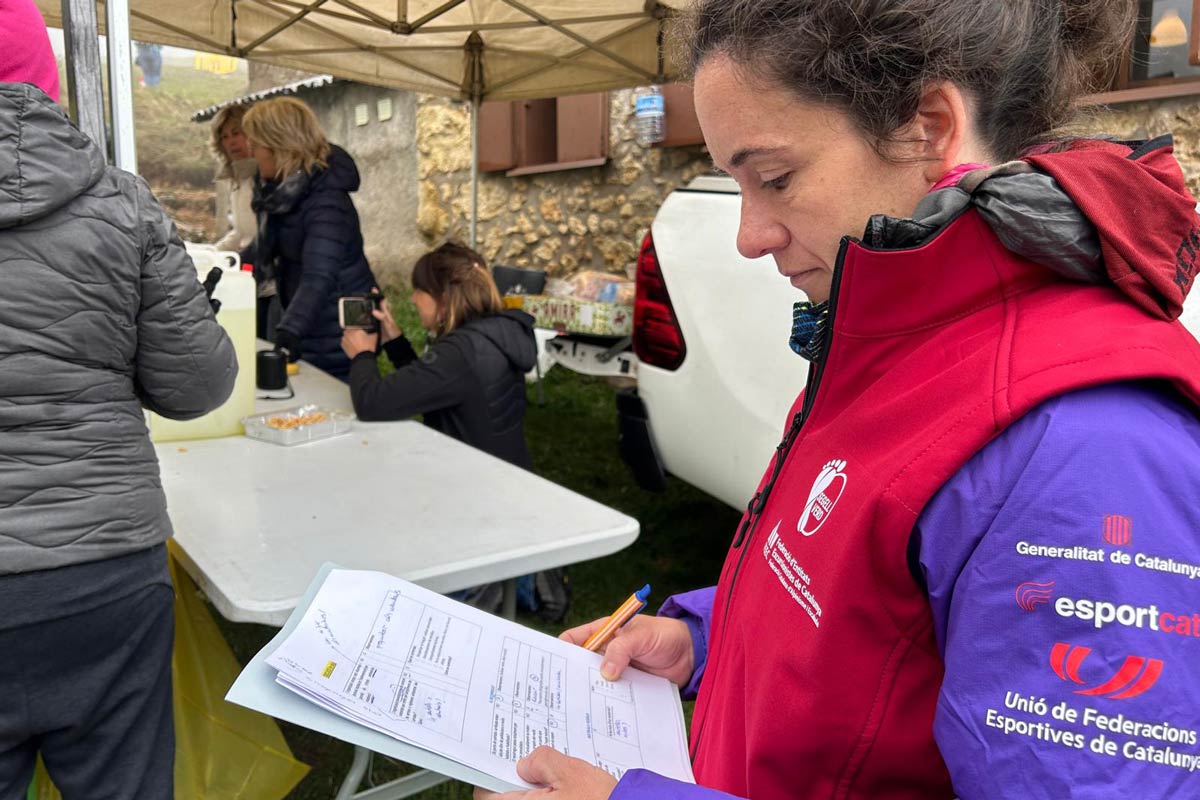UIAA Medical Commission recommends established methods for acclimatization:
Statement on xenon and high-altitude mountaineering
The UIAA Medical Commission has recently received multiple reports and correspondence from mountaineers asking whether inhaling xenon has a positive effect on the body’s response to adapt to the lower oxygen availability at altitude (acclimatization).
The UIAA Medical Commission is asked these sorts of questions due to their role in providing the mountaineering community with scientifically based information in the form of fact-based safety and health recommendations which are free of charge, evaluated by specialists, and commonly published in scientific journals. The Medical Commission is open to and interested in new methods and developments used by the climbing community and carefully evaluates their worth.
According to current literature, there is no evidence that breathing in xenon improves performance in the mountains, and inappropriate use can be dangerous. Although a single inhalation of xenon can measurably increase the release of erythropoietin, this increase is not sustained over four weeks use, nor is it associated with any changes in red blood cells. According to the literature, the effects on performance are unclear and probably non-existent.
Acclimatization to altitude is a complex process that affects the various organs/systems such as the brain, lungs, heart, kidneys and blood to different degrees, and is not fully understood. Since the physiological changes take days to weeks to influence the organism, from a physiological point of view, a single, one-off drug cannot be the key to improved acclimatization or increased performance. For erythropoietin in particular, the target of xenon, the effects take weeks to increase red blood cells, so use just before climbing would not be expected to make any difference in hemoglobin, hematocrit or performance.
Moreover, xenon has been on the World Anti-Doping Agency (WADA) Prohibited List of banned substances since 2014. A ban on the use of performance-enhancing substances can only be applied to sports that are subject to WADA rules, thus applying for example to competitive ice climbing but not to high-altitude mountaineering. Xenon is an anesthetic gas, and thus a medicine, with corresponding adverse effects and health risks, meaning in an unmonitored setting this could be impaired brain function, respiratory compromise, and even death. One study showed significant sedation in people using it at doses recommended for mountaineering. Even slight sedation is detrimental in the potentially dangerous setting of high-altitude mountaineering.
Xenon is rarely used in medicine and is not approved in all countries. Its use should be reserved for the operating room and procedural sedation by specialists with appropriate training in anesthesia. From a medical point of view, off-label use without a scientific basis and with unknown health risks must be rejected.
On the other hand, the well-known and established methods of pre- and acclimatization are safe and recommended. Discover more here.
—
This statement from the UIAA Medical Commission is supported by the UIAA Mountaineering Commission who recently spearheaded the publication of the new UIAA Declaration on Hiking, Climbing and Mountaineering. One of the objectives of this new declaration is to lay out the generally accepted norms for behaviour that the UIAA considers optimal. This includes the ethics and style with which we climb and the environmental and social considerations that we should be aware of. The Declaration will be published in full on Thursday, 23 January.
References and sources:
Effect of acute and chronic xenon inhalation on erythropoietin, hematological parameters, and athletic performance
Katrin A. Dias et al.
J Appl Physiol 127: 1503–1510, 2019.
Safety, hemodynamic effects, and detection of acute xenon inhalation: rationale for banning xenon from sport
Justin S Lawley et al
J Appl Physiol (1985). 2019 Dec 1;127(6):1511-1518.
doi: 10.1152/japplphysiol.00290.2019.
https://pubmed.ncbi.nlm.nih.gov/31414955/
World Anti-Doping Agency. The World Anti-Doping Code International Standard Prohibited List January 2018 (Online). https://www.wada- ama.org/sites/default/files/prohibited_list_2018_en.pdf [14 July 2018].
Effect of xenon and argon inhalation on erythropoiesis and steroidogenesis: A systematic review
Eduard Bezuglov et al.
Heliyon 2023 Apr 27;9(5):e15837.
Drug Use and Misuse in the Mountains: A UIAA MedCom Consensus Guide for Medical Professionals
Enrico Donegani et al.
High Alt Med Biol 2016 Sep;17(3):157-184.
Further resources:
UIAA high altitude medical advice
UIAA video & news release on altitude sickness
WADA prohibited list
Main image credit: Stock Library



